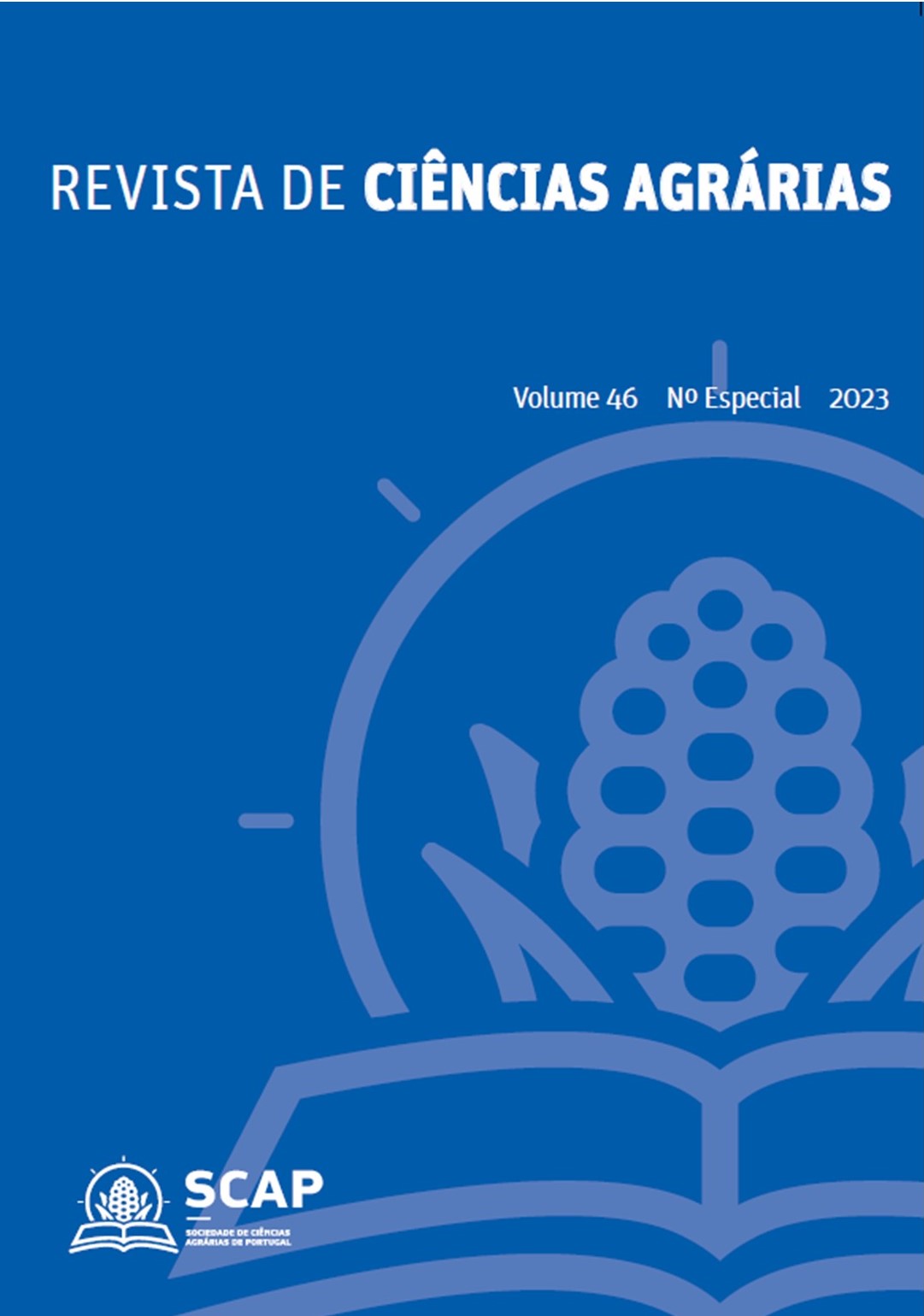Sediment transport in mountainous Spanish-Portuguese watersheds: evaluation of the hydrological response by applying the connectivity index
DOI:
https://doi.org/10.19084/rca.33353Abstract
The study of connectivity in river basins is fundamental to understanding the dynamics of erosion processes and the transport and temporary accumulation of sediment in the different elements of the landscape. In mountainous regions, the relief directly intensifies and impacts soil erosion and, consequently, sediment redistribution. In this context, this work aimed to evaluate the spatial pattern of sediment connectivity, from a structural approach (without temporal changes) and consider the mouth as the reference area for the calculation in two mountain watersheds located between Portugal and Spain that include lameiros. This configuration represents the temporary storage of sediment on slopes and along streams. To do this, the Aggregate Sediment Connectivity Index (AIC) was used in the two study basins. Maps were drawn up for each input, integrating information from various sources to detail the spatial heterogeneity of the basins. This made it possible to highlight the link between land cover and hydrological connectivity in Basins B.08 and B.13, where rocky terrain with little vegetation showed high AIC values, indicating a greater propensity to erosion and sediment transport. On the other hand, areas with dense vegetation and the presence of lameiros showed low AIC values, signaling less hydrological connectivity and lower potential for sediment transport. The presence of lameiros means that they play an essential role in the hydrological regulation of the study area.


